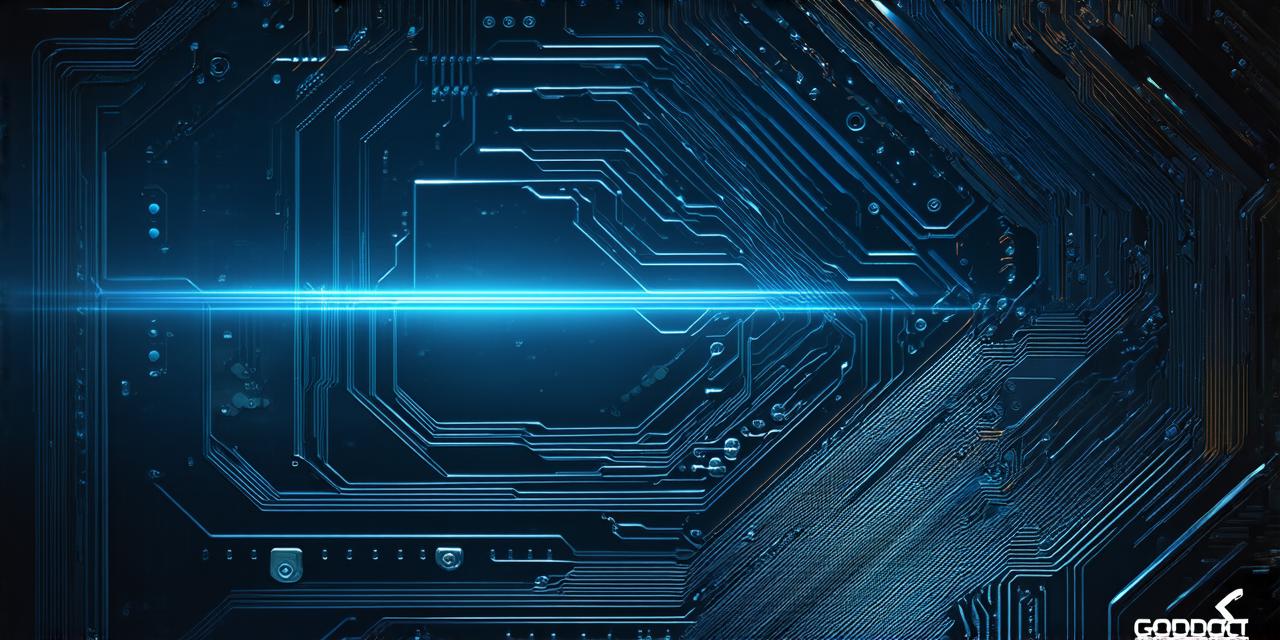Understanding Godot and its Key Features
Before diving into the specifics of VR development in Godot, it’s important to understand what the engine is and what makes it unique. Godot is a 2D and 3D game engine that was first released in 2014. It is written in C and supports multiple platforms including Windows, macOS, Linux, Android, iOS, and web browsers.
One of the key features of Godot is its simplicity and ease-of-use. Unlike other game engines, Godot doesn’t require extensive coding experience to get started. Instead, it offers a visual editor that allows you to create games and applications without writing any code.
Another advantage of Godot is its versatility. It supports both 2D and 3D game development, as well as VR development. This means you can use the same engine to create games for multiple platforms and devices, saving you time and effort in the long run.
In addition, Godot has a large and active community of developers who contribute to its development and provide support and resources for other users.
Getting Started with VR Development in Godot
Now that we have a basic understanding of Godot let’s dive into the specifics of VR development in the engine. To get started, you’ll need to download and install Godot on your computer. Once you have Godot installed, you can create a new project and select “VR Project” as the template. This will give you a basic structure for your VR application that includes all the necessary components for VR development.
The first step in creating a VR application is to set up the environment. You’ll need to create a scene that includes a 3D model of the environment you want to create, as well as any objects or elements that will interact with the player. This can be done using Godot’s visual editor or by writing code in C.
Once your environment is set up, you can start adding interactive elements such as buttons, switches, and other controls that will allow the player to navigate through the VR experience.
One of the most important aspects of VR development is creating a sense of immersion. This can be done by using 360-degree audio and video, as well as haptic feedback to simulate physical sensations such as touch and vibration. Godot includes built-in support for these technologies, making it easy to create a fully immersive VR experience.
Debugging and Testing your VR Application
Once you’ve created your VR application, you’ll need to test and debug it to ensure that everything is working properly. Godot includes a built-in debugger that allows you to step through your code, set breakpoints, and view variables and data structures in real-time.
In addition, Godot supports remote testing and debugging, which means you can test your VR application on a physical device without having to connect it to your computer.
FAQs about Godot VR Development
What kind of hardware do I need to develop VR applications with Godot?
You will need a computer with a dedicated graphics card that supports VR development. Some popular options include the NVIDIA GTX series and AMD Radeon series. In addition, you’ll need a VR headset such as the Oculus Quest or HTC Vive.
Can I use Godot to create VR applications for multiple platforms?
Yes, Godot supports cross-platform development, which means you can create VR applications that run on multiple devices and platforms including Windows, macOS, Linux, Android, iOS, and web browsers.
What kind of programming skills do I need to develop VR applications with Godot?
Godot uses C as its scripting language, so you’ll need to have some knowledge of C programming to get started. However, Godot also has a visual editor that allows you to create VR applications without writing any code, making it accessible to users with little or no coding experience.
What are the best resources for learning about Godot VR development?
There are many resources available online for learning about Godot VR development. The official Godot website includes tutorials, documentation, and community forums where you can ask questions and get support from other developers. In addition, there are numerous YouTube videos and online courses that provide step-by-step guidance on how to create VR applications with Godot.
How long will it take me to become proficient in Godot VR development?
The amount of time it takes to become proficient in Godot VR development depends on your prior experience and the amount of time you spend practicing and learning. With dedication and practice, you can become proficient in Godot VR development in a few months to a year or more.
Conclusion
Getting started with VR development can be daunting for beginners, but with the right tools and resources, it’s possible to create immersive and engaging experiences that will captivate your audience. Godot is a versatile and easy-to-use game engine that supports both 2D and 3D game development as well as VR development. With its simple visual editor, cross-platform support, and built-in debugger, Godot is the perfect tool for beginners to get started with VR development today.
